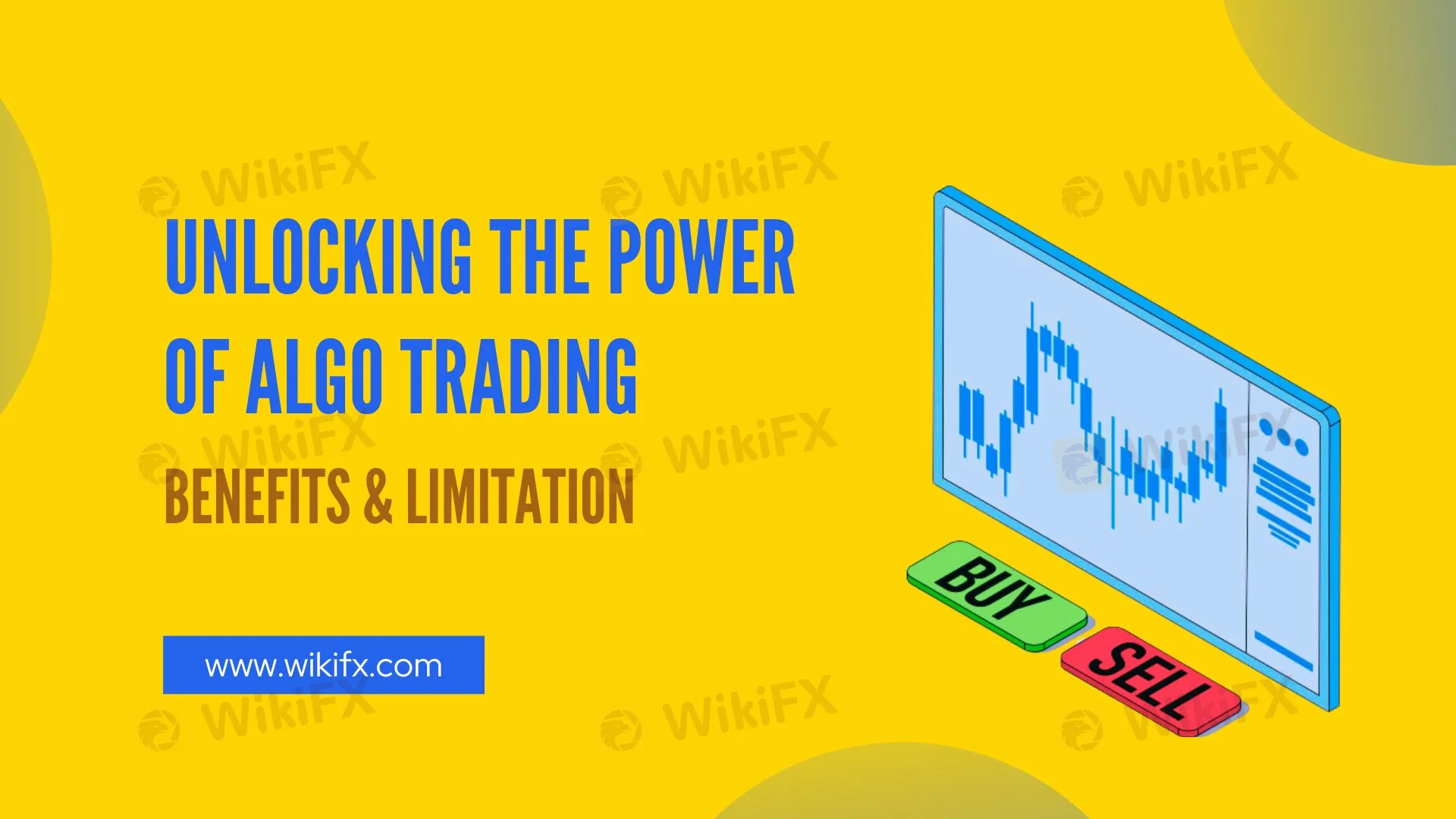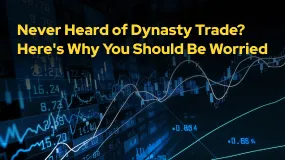简体中文
繁體中文
English
Pусский
日本語
ภาษาไทย
Tiếng Việt
Bahasa Indonesia
Español
हिन्दी
Filippiiniläinen
Français
Deutsch
Português
Türkçe
한국어
العربية
Unlocking the Power of Algo Trading: Benefits and Limitation
Abstract:Algorithmic trading merges speed, data, and automation—but can it outsmart human intuition and market chaos? Explore its power and pitfalls.

The Rise of Algorithmic Trading
Algorithmic trading has redefined financial markets, enabling data-driven decisions at unprecedented speeds. In recent years, the algorithmic trading market has exhibited rapid growth. According to the latest data, the global algorithmic trading market size is projected to increase from USD 2.106 billion in 2024 to USD 2.348 billion in 2025, with a compound annual growth rate (CAGR) of 12.9%. This growth is primarily attributed to the widespread application of artificial intelligence (AI) and machine learning (ML) technologies, as well as financial institutions continuous pursuit of trading efficiency and cost-effectiveness.
Four Key Advantages
1.Lightning-Fast Execution
Algorithms execute trades in milliseconds, outpacing human capabilities. High-frequency trading (HFT) exploits micro-price shifts through thousands of transactions per second, dominating volatile markets.
2.Multi-Market Mastery
Systems analyze global markets simultaneously, diversifying portfolios without real-time micromanagement.
3.Emotion-Free Decisions
Predefined rules eliminate impulsive actions driven by fear or greed, reducing costly errors
4.Non-Stop Trading
Algorithms capitalize on opportunities across time zones, even during off-hours.
Four Critical Limitations
- High Technical Barriers
Building robust sy'stems demands coding expertise and market insights—resources often scarce for retail traders.
2.Tech Vulnerabilities
A single coding flaw or server crash can trigger massive losses, as seen in historical market crashes.
3.Rigid Strategies
Algorithms struggle to adapt to black swan events like geopolitical shocks or sudden policy shifts.
4.Demands Vigilance
Systems require regular updates to stay relevant—no true “set-and-forget” solution exists.
Strategies for Success
To harness algorithmic trading effectively, traders should begin by rigorously backtesting strategies on historical data to uncover weaknesses and refine logic. Integrating risk management tools—such as dynamic stop-loss orders and position-sizing rules—is critical to limit downside exposure. Systems must be regularly updated to align with shifting market trends, regulatory changes, and emerging technologies. Most importantly, algorithms should complement human judgment rather than replace it; blending automated precision with adaptive decision-making often yields the most resilient outcomes.
Final Thoughts
Algorithmic trading has transformed financial markets with unparalleled speed and efficiency. However, it is not without risks: technical failures, market volatility, and regulatory challenges are all factors that must be considered. The market is constantly changing, and only by using automation tools flexibly rather than relying on them blindly can long-term success be achieved.
Disclaimer:
The views in this article only represent the author's personal views, and do not constitute investment advice on this platform. This platform does not guarantee the accuracy, completeness and timeliness of the information in the article, and will not be liable for any loss caused by the use of or reliance on the information in the article.
Read more

Never Heard of Dynasty Trade? Here's Why You Should Be Worried
Have you heard this name before? No , it’s time you do because staying unaware could cost you. This platform is currently active in the forex trading and has been linked to several suspicious activities. Even if you’ve never dealt with it directly, there’s a chance it could reach out to you through ads, calls, messages, or social media. That’s why it’s important to know the red flags in advance.

Want to Deposit in the EVM Prime Platform? Stop Before You Lose It ALL
Contemplating forex investments in the EVM Prime platform? Think again! We empathize with those who have been bearing losses after losses with EVM Prime. We don't want you to be its next victim. Read this story that has investor complaints about EVM Prime.

WEEKLY SCAM BROKERS LIST IS OUT! Check it now
If you missed this week's fraud brokers list and are finding it difficult to track them one by one — don’t worry! We’ve brought together all the scam brokers you need to avoid, all in one place. Check this list now to stay alert and protect yourself from fraudulent brokers.

Catch the Latest Update on BotBro & Lavish Chaudhary
BotBro, an AI-based trading platform, became popular in India in 2024—but for negative reasons. Its founder, Lavish Chaudhary, who gained a huge following by promoting it heavily on social media. Since then, he has become well-known, but for many controversies. Let’s know the latest update about Botbro & Lavish Chaudhary.
WikiFX Broker
Latest News
Global week ahead: Crunch time for trade talks as Trump's deadline nears
Top Wall Street analysts recommend these dividend stocks for regular income
Stock futures rise as U.S.-EU trade deal kicks off a hectic week for markets: Live updates
Samsung Electronics signs $16.5 billion chip-supply contract; shares rise
EU chief to meet Trump in Scotland in push to avoid a transatlantic trade war
Trump's trade deals and tariffs are on the chopping block in court. What happens next
AI is radically changing entry-level jobs, but not eliminating them
CNBC Daily Open: A week when everything happens
Currency Calculator


